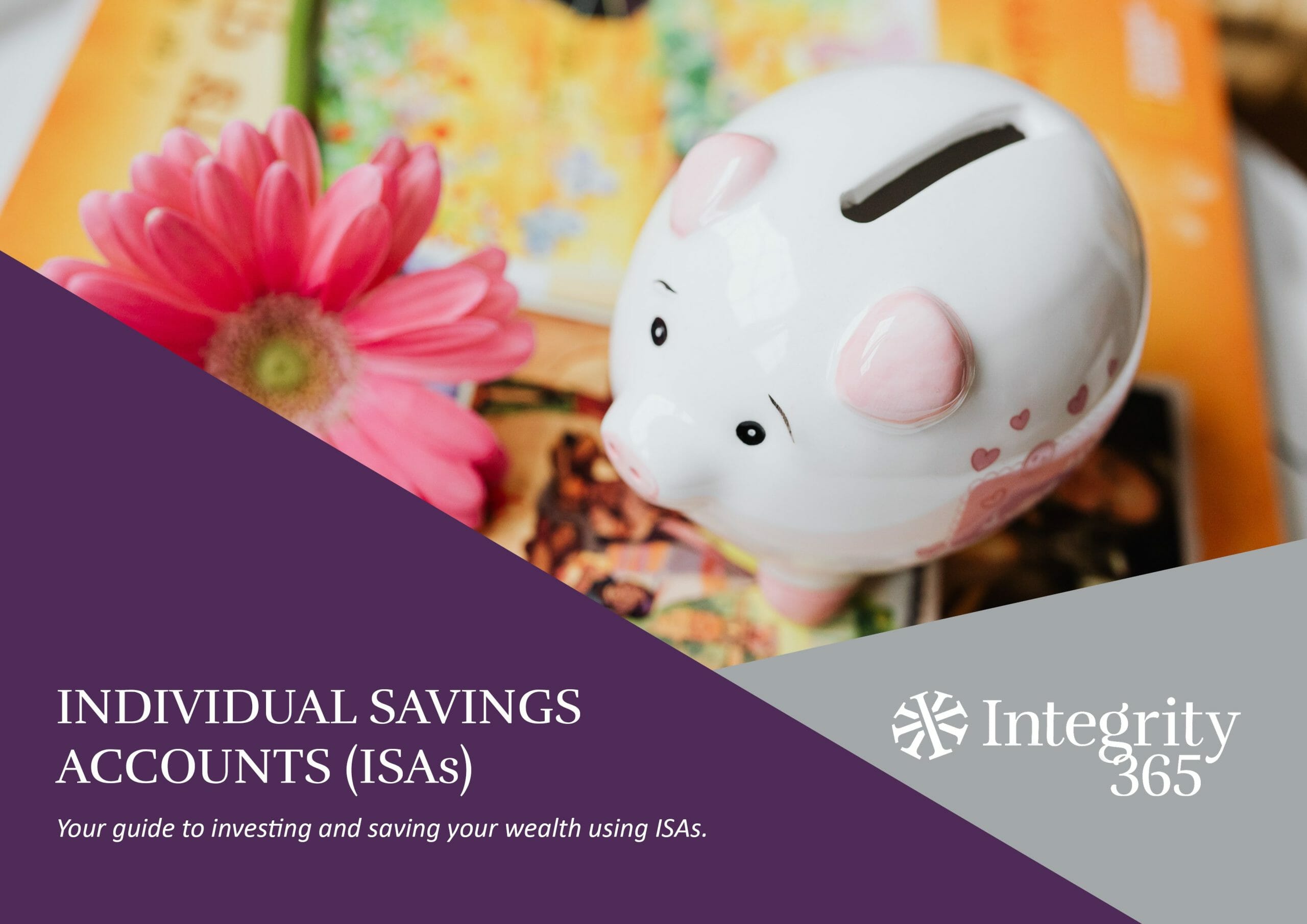Throughout the last year, we have seen accelerated shifts in our global economy and witnessed the subsequent knock-on effects to Bank of England base rates and taxation legislation.
Given these recent and rapid changes, it is important to review and adjust our financial plans appropriately in response. This includes how we use ISAs and plan for the end of the 2022/23 tax year.
Changes in Cash ISAs
For so long, rates offered in cash savings have been so poor, that instead, we have put greater emphasis on the ease of administration, customer service or the ability to manage the account via local branches or through an app/website. The rate of return itself has been negligible.
However, with the Bank of England Interest Rates rising from sub 1.00% for nearly 13 years, we are at the time of writing this article, now at 4%. The speed of the increase in interest rates has been phenomenal this year – and reminds me of the saying about London Buses and all coming at once.
This means we are now getting a reasonable return on our cash savings with instant access accounts now offering rates as high as 2.85% and 1-year fixed-term accounts offering up to 4.25%. However, remember this return is taxable!
Bank Interest is paid Gross (i.e. before taxation) and is liable to Income Tax. Most people receive a Personal Savings Allowance which is the amount you can earn from bank interest which is tax free. Depending on your Income Tax bracket, the Savings Allowance is different:
- Basic rate taxpayer – £1,000
- Higher rate taxpayer – £500
- Additional rate taxpayer – £0
If your earnings are below £17,570 your Savings Allowance will be greater. Any interest achieved above this amount is liable to Income Tax.
There are some options, like Premium Bonds, that provide tax-free ‘prizes’ which may also be considered, but should you have large cash holdings, you may wish to consider utilising your ISA allowance. This could save you 20%, 40% or 45% on the net return of your cash savings.
CGT Allowance Reductions
Other changes affecting how we plan our ISAs this year include Capital Gains Tax (CGT). Following the November budget, it was announced that the Capital Gains Tax allowance is set to reduce in the next two years, therefore maximising your allowance this year is even more important.
Typically, you want your highest-yielding asset to be as tax efficient as possible, which is why we utilise ISA allowances for investments in the first instance. Should you have additional capital to invest, without the tax-efficient benefits of an ISA, the growth or profit achieved on this investment can be liable to Capital Gains Tax when disposed of. These are typically known as Personal Portfolios, Collective Investments or Direct Investments
Capital Gains Tax allowances set to decrease for following tax years:
2022/23 = £12,300
2023/24 = £6,000
2024/25 = £3,000
The Capital Gains Tax allowance for the current tax year (2022/23) is £12,300, but is set to reduce to £6,000 next tax year (2023/24) and fall even further to £3,000 in the following tax year (2024/25). Should you achieve any capital gains above this amount, those gains will be liable to taxation of either 10% for basic rate taxpayers, or 20% on anything above the basic rate (on investments, rates for residential property are higher).
"Remember - CGT and ISA allowances cannot be carried forward. Use it or lose it!"
Remember – CGT and ISA allowances cannot be carried forward into the following tax year and will reset for the 2023/24 tax year on 6th April 2023. Therefore, taking action now to make use of your 2022/23 allowances is incredibly important. Should you wish to make any adjustments before the tax year end, please do not hesitate to get in touch with an Integrity365 Independent Financial Adviser.
For more on ISAs, click below to download our free ISA PDF Guide.








